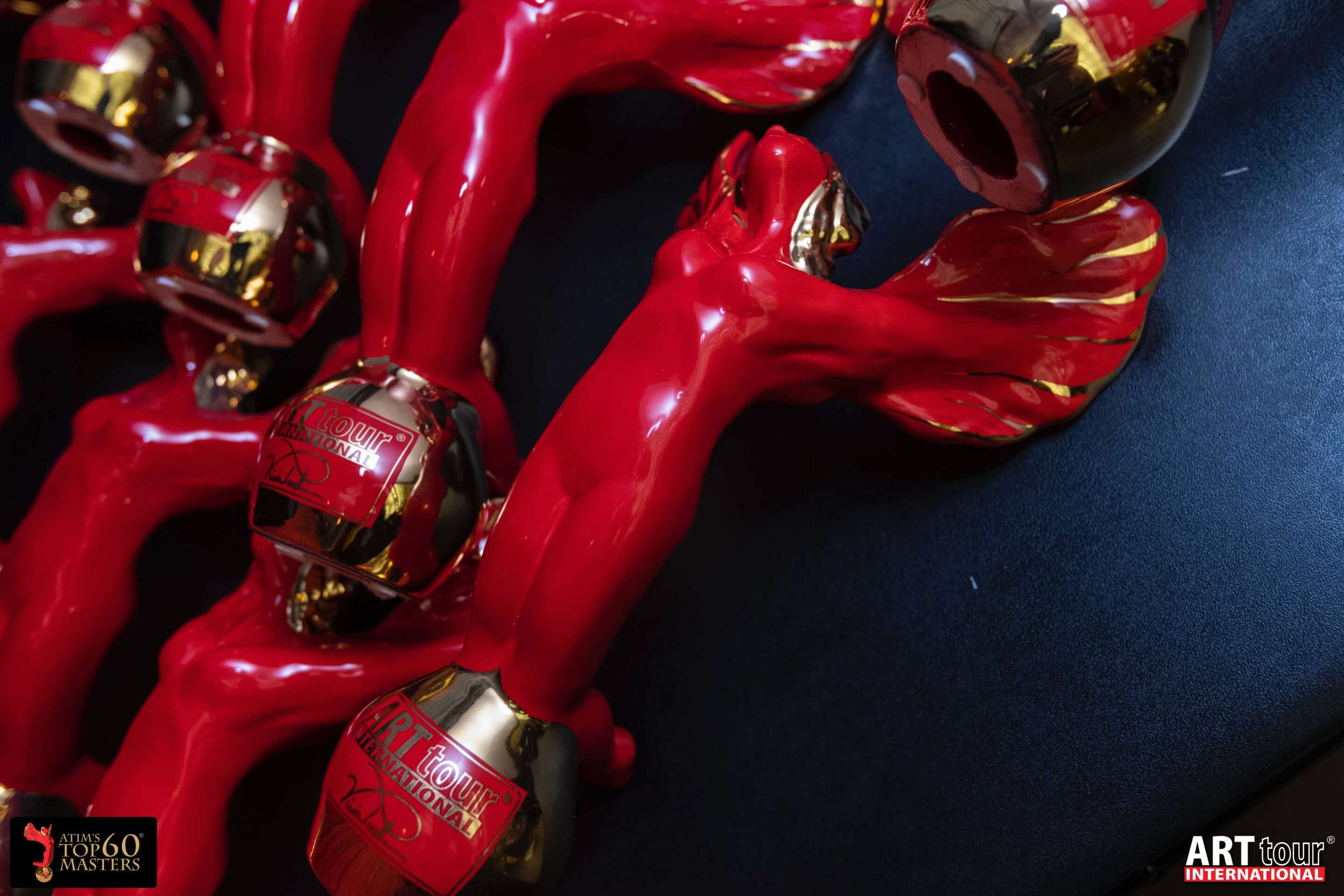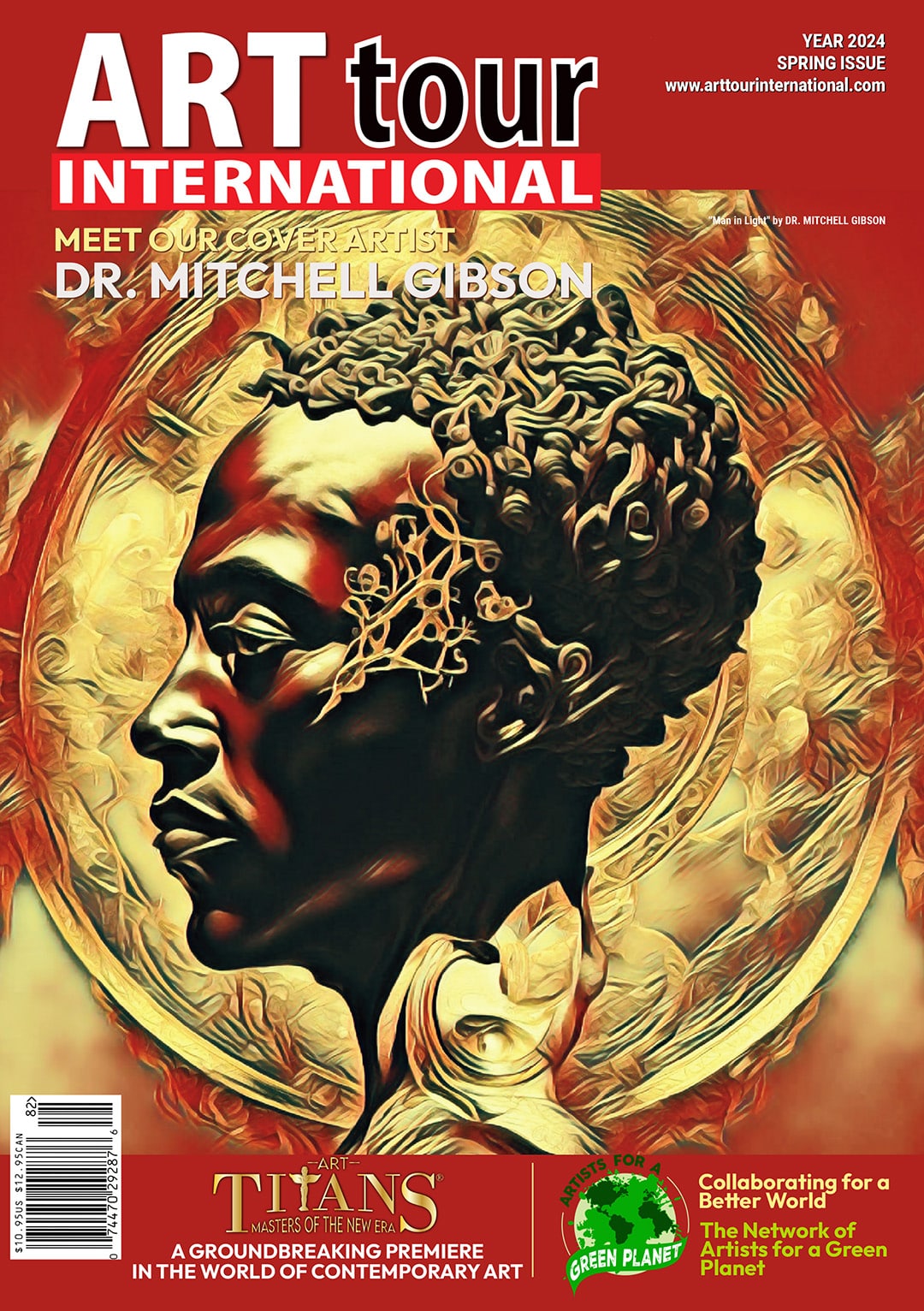Compassionate Realism: A Deep Dive into African Connection Series by Johanna Wray
by Viviana Puello.
Johanna Wray’s latest collection, the “African Connection” series, stands as a testament to compassionate realism. This body of work, a labor of love spanning three years, captures the essence of human resilience and joy amidst adversity. Wray’s art invites viewers into the intimate lives of her subjects, offering a powerful narrative that transcends cultural boundaries and touches the very core of our shared humanity.
In “Francisca and Bright,” Wray paints a poignant scene of a young girl carrying her baby sibling. The setting is modest, a simple hut that speaks volumes about their living conditions. The expression on Francisca’s face, a mixture of determination and weariness, reflects her reality—a 13-year-old burdened with responsibilities beyond her years. The baby, Bright, clings to her, embodying both vulnerability and hope. Wray’s use of warm tones and soft brushstrokes creates a sense of intimacy, allowing viewers to connect deeply with the subjects. This piece is a striking example of compassionate realism, revealing the silent strength and dignity of those who live in conditions many of us can scarcely imagine, evoking a profound sense of empathy in the audience.
Moving to “Richard’s Dream,” we find a surreal landscape that juxtaposes the innocence of a child with the vast, often harsh realities of life. Richard, dressed in his graduation gown, stands in a dreamlike desert under a cracked moon. The monoliths and fallen cross symbolize his internal struggle with faith and the disillusionment that comes with unmet expectations. Richard’s outstretched arms towards an indistinct figure suggest a yearning for guidance and support. This painting embodies compassionate realism through its portrayal of Richard’s emotional and spiritual journey, reflecting broader themes of hope and despair.
“The Game,” another compelling piece, features two young men deeply engrossed in a game of chess. The intense concentration on their faces captures the strategic depth of the game, which mirrors the complexities of their lives. Smith and Peter, university students in Port Harcourt, Nigeria, use chess as a metaphor for their struggles and aspirations. The backdrop, a simple interior, emphasizes the focus on the subjects and their intellectual engagement. Through compassionate realism, Wray sheds light on the scholarly pursuits and resilience of youth in challenging environments, countering stereotypical narratives with a powerful, positive image.
“Richards Dream” Oil on Canvas by Johanna Wray.
Wray’s compassionate realism is not just an artistic style; it’s a narrative tool that bridges the gap between diverse cultures and experiences. Extensive conversations with her subjects inform her work in the “African Connection” series, their stories enriching each canvas with authenticity and emotional depth. Wray’s approach is holistic, involving the subjects in the process and compensating them for their participation, empowering them, and ensuring that their voices are heard.
Her creative process blends traditional techniques and contemporary influences. Wray’s ability to capture the essence of her subjects is rooted in her meticulous attention to detail and deep empathy. She often visualizes the completed work before even beginning to paint, allowing her to create pieces that are both visually stunning and emotionally resonant.
In “Francisca and Bright,” compassionate realism is evident in the way Wray portrays the textures of the fabric, the play of light and shadow, and the nuanced expressions of the characters. Similarly, in “Richard’s Dream,” her use of surreal elements combined with realistic portrayals of Richard and the symbols of his faith crisis create a powerful commentary on the human condition. “The Game” showcases her ability to depict intellectual and emotional depth, capturing a moment of profound engagement between the two young men.
Wray’s compassionate realism invites viewers to look beyond the surface and engage with the deeper narratives of her subjects’ lives. It is a call to recognize the shared humanity in each of us and to respond with empathy and understanding. Her work is a powerful reminder that art can be a force for social change, illuminating the stories of those often overlooked and giving them a platform to be seen and heard, inspiring hope for a more inclusive and understanding world.
To explore more of Johanna Wray’s remarkable work and delve deeper into the stories behind her paintings, click below to visit her website. Through her art, Wray continues to build bridges of compassion and understanding, one portrait at a time.

Viviana Puello
Editor-in-Chief



















